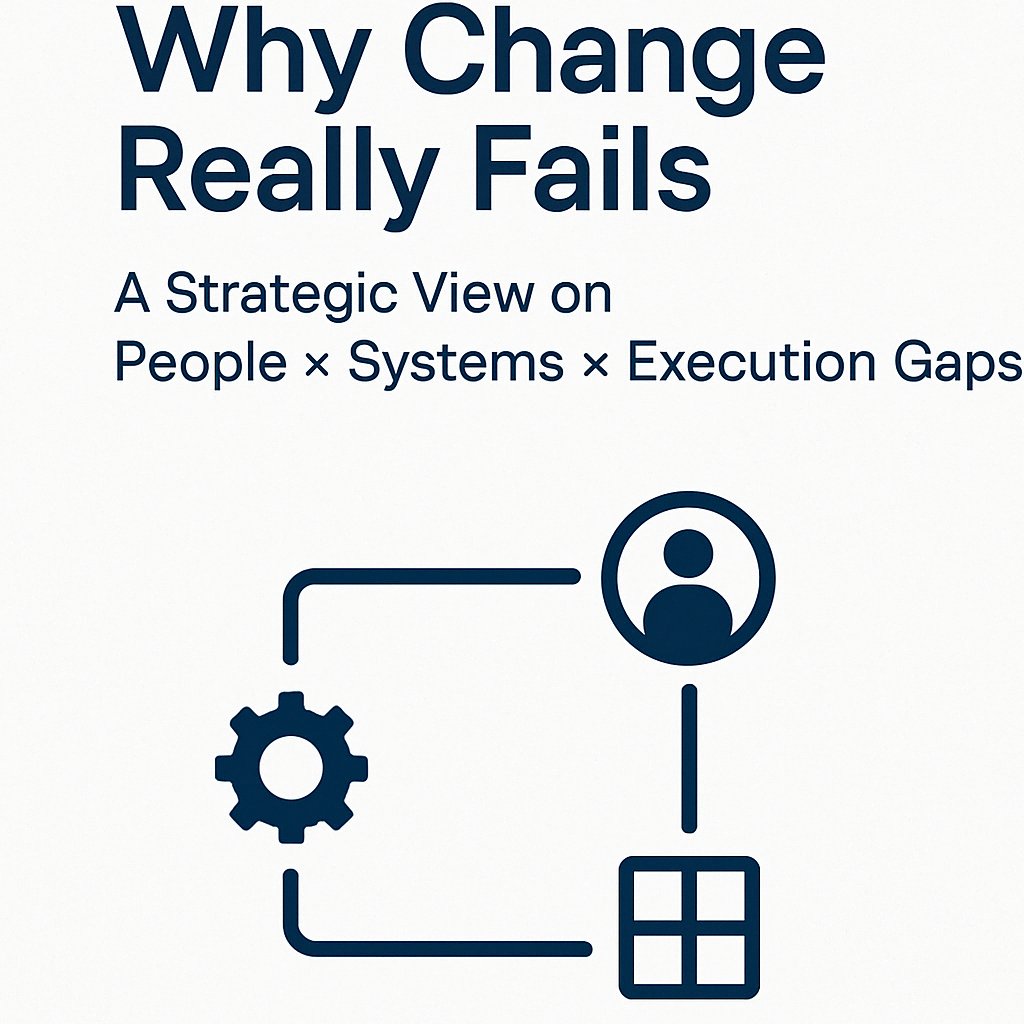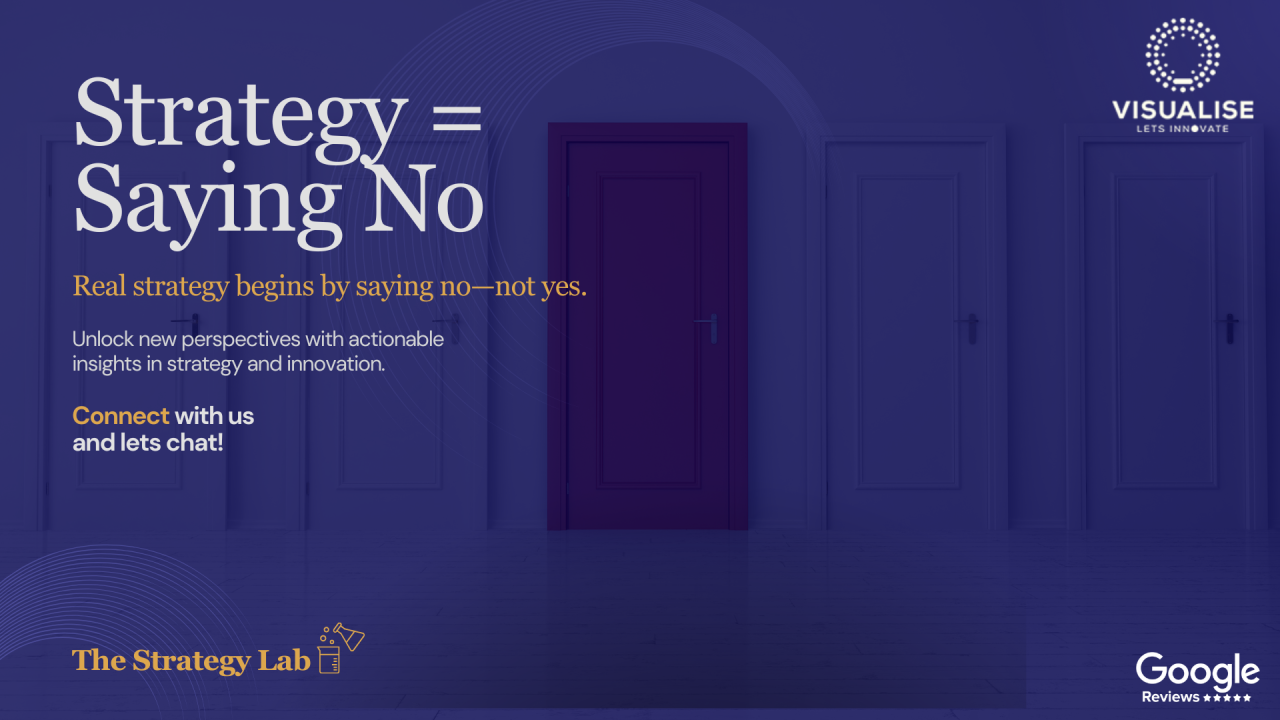Sep18

Strategy review meetings in many organisations have become routine, uninspiring, and increasingly dysfunctional. Typically conducted quarterly, these meetings bring senior executives and select team members together to discuss progress on the strategic plan. When tools like the Balanced Scorecard are used, these discussions follow a predictable pattern: reviewing financials, customer metrics, internal processes, and organisational capacity in sequence. While this structure might seem logical on the surface, it falls short in facilitating meaningful dialogue and effective decision-making.
This article explores three critical issues that undermine the effectiveness of strategy review meetings: the inadequacy of performance storytelling, the problem of isolated reporting, and the narrow, inward-focused nature of discussions. We will also propose actionable solutions to transform these meetings into more valuable, forward-looking conversations.
A significant flaw in current strategy review practices is the overreliance on Key Performance Indicators (KPIs) as the sole measure of success. While KPIs serve as indicators of performance, they are not the complete story; they should be the starting point of the conversation, not the conclusion. Unfortunately, many organizations focus excessively on "reporting by exceptions," which means discussing only the objectives flagged as red (underperforming) and sometimes yellow (at risk). This approach encourages a blame culture where teams either fight for easier targets or manipulate data to avoid the dreaded red status. Such practices inhibit meaningful dialogue about performance and can demoralize teams.
To address this, organizations should incorporate advanced data analytics into their reporting systems. Descriptive analytics can provide insights into what happened, while diagnostic analytics help explain why it happened. Predictive analytics can then forecast future performance trends based on current paths. This approach enables richer, more informed discussions about performance that go beyond simple status updates and drive strategic decision-making.
Another common pitfall in strategy review meetings is the tendency to discuss objectives in isolation. This is counterproductive because frameworks like the Balanced Scorecard are designed to capture the interdependencies between objectives, KPIs, targets, and initiatives. Focusing on individual objectives separately does not provide a holistic view of performance and can lead to suboptimal decision-making.
A more effective approach would involve having cross-functional teams of objective owners present and discuss causality and interdependencies. Instead of isolating discussions around single objectives, the conversation should focus on whether the assumed causal relationships between objectives are holding true and how they impact the broader strategic goals.
Some organizations attempt to solve this problem by rotating the focus of strategy review meetings among different strategic themes each quarter. However, this still needs to address strategy more cohesively. Strategic themes, such as operational excellence, customer management, and innovation, are not mutually exclusive; they are interconnected and contribute collectively to the organization's ultimate goals. Reporting by theme or perspective in isolation can limit the understanding of how these elements work together to deliver value.
A pervasive issue in many strategy review meetings is their inward focus—monitoring progress against internal objectives without sufficient consideration of external dynamics. This inward-looking approach creates a false sense of security. Organizations may feel content when all objectives are marked green, believing they are on the right path. However, this complacency can be dangerous, as it overlooks potential disruptions from competitors, market shifts, and other external threats.
To avoid being blindsided, strategy review meetings should allocate as much time to discussing external factors as they do to internal performance. These conversations should include insights from advanced data analytics, external market sensors, and other tools that help detect early signs of changing customer behavior or competitive moves. An effective starting point for these discussions could be asking, “What is the Balanced Scorecard system not telling us?” This question encourages a broader examination of strategic risks that may not be immediately apparent through conventional metrics.
To create a more dynamic and effective strategy review process, organizations should consider several key changes:
For strategy review meetings to become more than just ritualistic gatherings, organizations must rethink their approach. The goal should be to foster open, meaningful dialogue that goes beyond performance status updates and embraces a holistic view of strategy. By integrating advanced analytics, fostering cross-functional discussions, and maintaining an outward focus, organizations can transform these meetings into powerful tools for navigating a complex and ever-changing business environment.
Ultimately, strategy is not about achieving "all green" on the scorecard; it's about continuously adapting and evolving in response to both internal performance and external realities. By adopting a more dynamic, forward-looking approach, organizations can ensure that their strategy review meetings truly add value and drive sustained success.
Visualise Solutions is a boutique strategy consultancy firm based in Leicestershire, UK. Transform your business with our strategic advisory services, focusing on innovation, strategy formulation, and execution. Utilise our expertise in strategy, business model innovation, OKRs, and balanced scorecards.
You can learn more about us by contacting us now.
Keywords: Innovation, Leadership, Business Strategy
 Breaking Through Mental Barriers: Shifting from Self-Sabotage to Self-Mastery
Breaking Through Mental Barriers: Shifting from Self-Sabotage to Self-Mastery Why Change Really Fails: A Strategic View on People × Systems × Execution Gaps
Why Change Really Fails: A Strategic View on People × Systems × Execution Gaps Beyond the Buzz: What It Really Takes to Build a Business Ecosystem
Beyond the Buzz: What It Really Takes to Build a Business Ecosystem Strategy = Saying No!
Strategy = Saying No! The Self Before the System: What Must Be Understood Before We Build
The Self Before the System: What Must Be Understood Before We Build